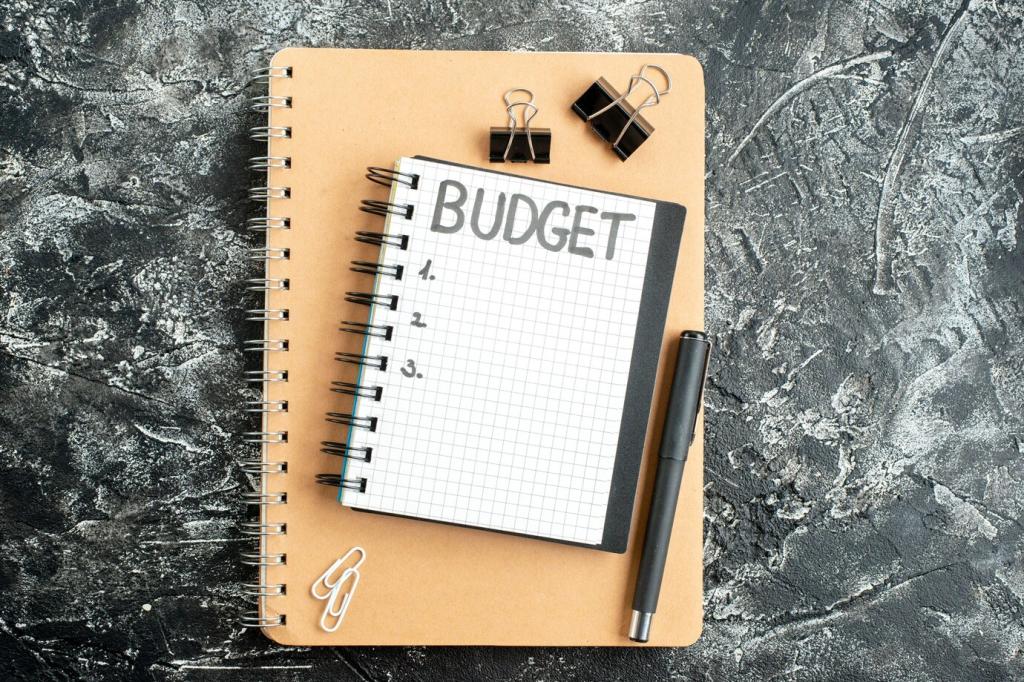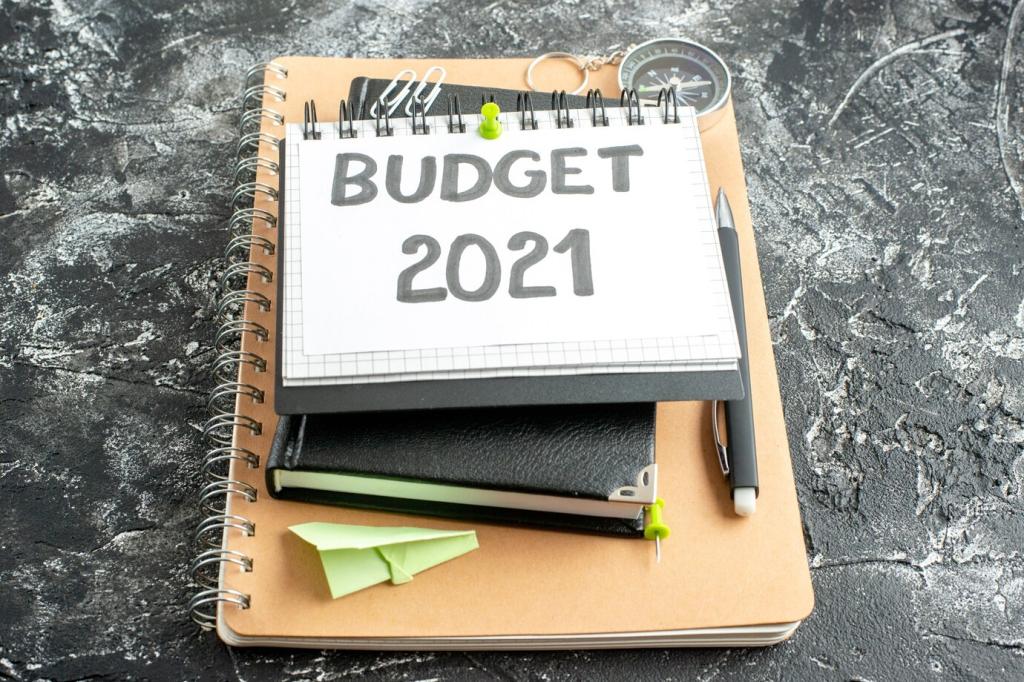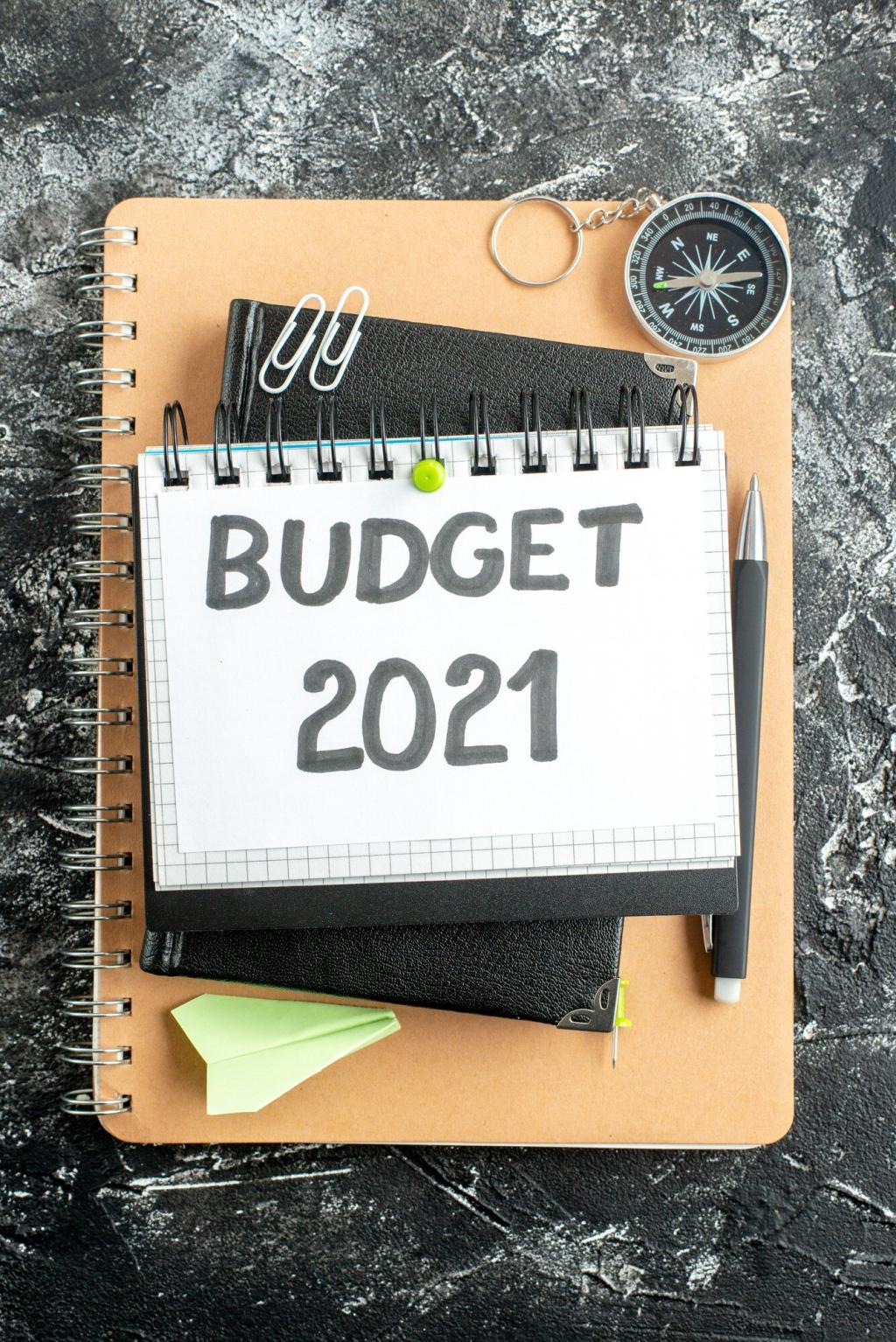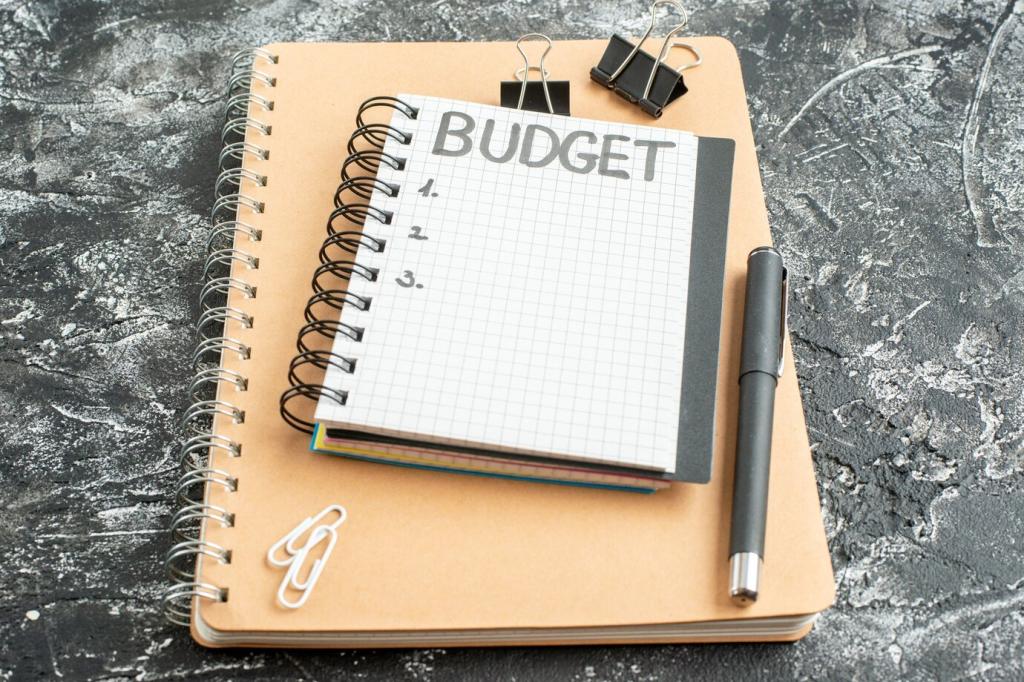Practical Tips for Effective Budgeting: Make Every Dollar Work



Build a Zero-Based Budget You Will Actually Use

Map Your Income Streams
List every reliable and occasional source—salary, side gigs, refunds. For variable income, budget from your lowest typical month and park extra in a holding category. This conservative baseline keeps practical budgeting realistic and reduces end-of-month surprises.

Assign Jobs to Every Dollar
Distribute income across categories until nothing remains unassigned: essentials, savings, debt, and joy. If something new appears, reassign intentionally rather than overspending. Every dollar needs a purpose, which is the heart of effective budgeting habits that last.

Create a 20-Minute Monthly Ritual
Set a monthly appointment with yourself to refresh categories, review goals, and anticipate upcoming expenses. Light a candle, play music, and make it pleasant. Routines turn budgeting into a habit rather than a chore, sustaining progress without burnout.
The Five-Minute Daily Money Check
Set a timer, open your banking app, and categorize yesterday’s transactions. This quick touchpoint catches errors, prevents drift, and keeps your practical budgeting goals fresh. I cut overdrafts to zero using this tiny but consistent daily ritual.
Automate Categorization With Apps or Sheets
Choose a tool that feels comfortable—an app that imports transactions or a simple spreadsheet. Create clear categories and rename merchants for clarity. Consistency matters more than perfection, and automation reduces friction so tracking stays effortless and accurate.
Use Receipt Snapshots and Calendar Reminders
Snap photos of receipts and drop them into a dedicated album. Set a weekly reminder to reconcile totals. This low-friction method keeps spending transparent and ensures effective budgeting decisions are based on current, reliable information every single week.


Cut Costs Without Killing Joy
Call providers annually. Ask about loyalty discounts or promotions. I negotiated my internet bill down by $25 per month using polite persistence and comparison offers. Comment with your negotiation wins to help others sharpen their practical budgeting skills.
Cut Costs Without Killing Joy
Build a simple rotating menu, check your pantry first, and shop with a list. Batch-cook staples and embrace leftovers. This single habit slashes impulse buys and food waste, delivering reliable savings while preserving time, energy, and weekly sanity.
Strengthen Safety Nets: Emergency and Sinking Funds
Aim for an initial $500–$1,000 emergency fund to handle minor surprises without debt. Park it in a separate high-yield savings account. This cushion turns setbacks into speed bumps, preserving your practical budgeting progress when life throws curveballs.
Strengthen Safety Nets: Emergency and Sinking Funds
Create sinking funds for car maintenance, gifts, medical copays, and travel. Labeling funds reduces guilt and last-minute scrambles. Contributing small amounts monthly transforms big expenses into manageable, expected payments that never hijack your effective budgeting plan.


Pay Down Debt Strategically
Snowball vs. Avalanche: Choose Your Path
Snowball builds motivation by paying smallest balances first. Avalanche minimizes interest by targeting highest rates. Pick the method that keeps you consistent. Practical budgeting thrives on follow-through, so choose the strategy you will actually maintain.
Beware Teaser Rates and Hidden Fees
Balance transfers and promotional financing can help, but read every term. Track end dates, transfer fees, and penalty rates. Use calendar alerts to avoid surprises, and keep your effective budgeting plan intact with disciplined, on-time payments.
Celebrate Each Milestone Publicly or Privately
Mark paid-off accounts with a progress chart, sticker, or short journal entry. Small celebrations reinforce habits and keep energy high. Share your milestone in the comments, and subscribe for our printable trackers that make progress visible and motivating.

Align Your Budget With Real Life
Set a ten-minute check-in alone or with your partner. Review transactions, adjust categories, and preview the week. This steady cadence strengthens practical budgeting and reduces money surprises. Download our agenda when you subscribe for budgeting updates.
